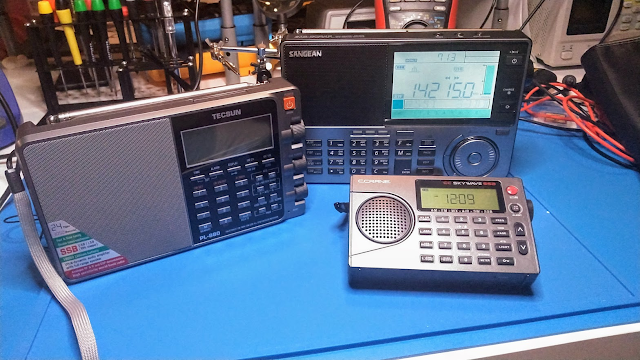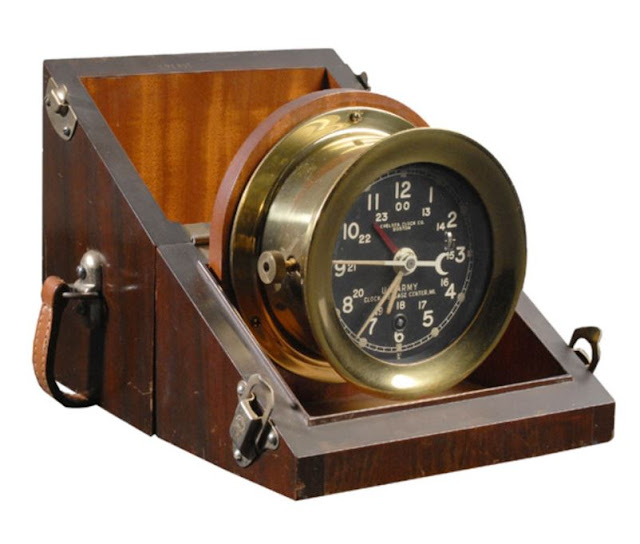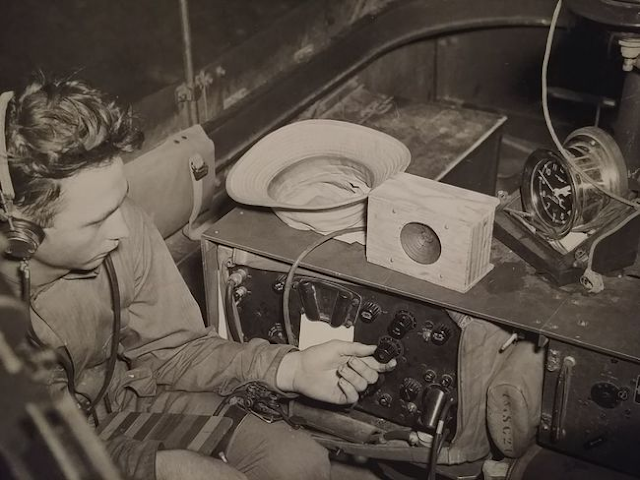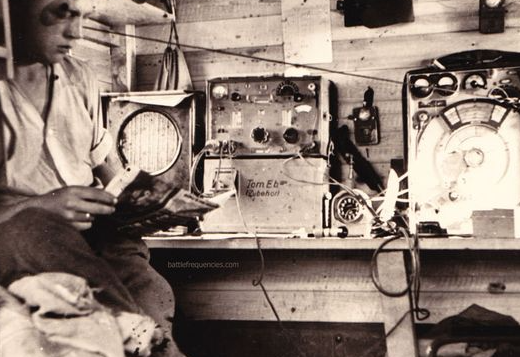We're in what I'll call the 'post-Field Day, mid-summer ham radio doldrums', and for weeks now there's not been much ham radio stuff to report on. Down here in Gawga the weather has been hot, mostly dry, and buggy. Real buggy. So buggy that it's limited my outdoor operating activities. Then the XYL and I contracted COVID. While it didn't feel much worse than a mild cold, it did knock us back for almost two weeks, and we're still dealing with some lingering symptoms like congestion and coughing. Parallel to that, we launched on a major landscaping project to finally make our backyard habitable. What was supposed to be a little over a week job turned into a month-plus slog as the landscaper dealt with weather, material shortages and other demands on his time (he's a one-man show, so he works slow). Then a visit to the orthopedist for some nagging back issues threw me for a loop. What I hoped would be some simple muscle pain has turned out to be scoliosis, arthritis and a pinched nerve. That led to a canceled camping trip that we had both been looking forward to.
 |
| Slow progress, but progress |
So on to sunnier topics...
iPads
Where I work (aka 'The World's Busiest Airport') senior management made a long overdue decision to go with a new maintenance management system. Part of this adoption will require provisioning the field crews with tablets that they'll use to respond to work orders and do inspections. The tablet of choice, and the one we steered them to, is the iPad. The software developer's apps just seem to work better on iOS devices. I'm not an Apple guy, but the XYL is. In fact, she's got a stack of old iPads sitting in a closet. Most of them were still perfectly serviceable, so I thought I'd grab one or two of the newest, update them, and use them to test and train on the new software. No such luck. The app requires at least iOS 15. The most current OS that could be loaded on any of these old iPads was iOS 14.x. The app wouldn't run. Damn. I needed to replicate exactly what the field crews were seeing on their devices so I could help train and troubleshoot, so an Android tablet wouldn't do. I needed an iPad, and I needed one fast. Double damn. After a few days of hunting around for the best deal, I settled on a new iPad Air. I found I could buy one on-line from the Army and Air Force Exchange System (AAFES) - one of the benefits of being an Army retiree - at a $200 discount and no sales tax.
Of course - of course! - the iPad got ham radio apps loaded on it. In fact, this is what the XYL suspected I really wanted it for. No honey, it's not. I had better uses for that money, plus I'm an Android and Windows guy (I love my Surface Pro). But I figure that as long as I've got the thing, why not try out some ham radio apps. My good friend Joe, KI4ASK, a long time Mac and iOS addict/partisan/evangelist, has been singing the praises of a new iOS app for the Icom IC-705 (and IC-7610 and 9700) called SDR-Control for iOS. The app is written by Marcus Roskosch, who apparently designed the software interface for Flex radios, and a number of other highly regarded applications. I guess he knows what he's doing. I'm still in the learning stages with this app, but I have to agree with Joe, it's slick. While I can't say I'll ever use it for La-Z-Boy QSOs, I was sitting in said chair a few nights ago and just doing some SWL scanning while connected to my IC-705 via wi-fi . Lots of fun. I may have more on this at a later date, but for now I'll let Josh at Ham Radio Crash Course give you the rundown:
Antennas
I make no secret of the fact that I'm a Chameleon Antenna fanboy. What they make works, is rugged as hell, is well documented, and the company stands behind their products. A man has to have a vice, and since I don't smoke or drink (much), I decided my vice will be Chameleon antennas. Last year Chameleon came out with their Tactical Delta Loop (TDL) and it caught my interest. The TDL was an immediate hit and Chameleon has had trouble keeping it in stock, but recently I found that the Atlanta HRO store had one available, so I grabbed it. I've used Chameleon's vertical antenna systems for years, but I was looking for a portable system that was quick to set up, didn't require ground radials, had more gain than a vertical, and could be rotated to take advantage of the improved gain. The TDL is an odd looking contraption - two 17' telescoping whip antennas set in a 'V' configuration (think giant TV rabbit ears) with a section of wire running between them. The antenna is fed at the base using one of Chameleon's standard matching transformers. The antenna kit comes with a ground spike to support it, but I've chosen to use my surveyor tripod, which gets the whole antenna setup further off the ground (improving the take-off angle a bit) and makes it easier to rotate. I've only tested it a few times, and only with my Elecraft KX2, but it seems to work quite well on 10 - 40 meters. The tuner in the KX2 easily finds matches on those bands, and can usually find a match on 75 meters, but it's a struggle. My real goal is to set this up with my IC-705 and test it with Winlink and JS8CALL. I think it has a lot of potential as an EMCOMM antenna.
 |
| Chameleon TDL set up for a local 10 meter net |



















